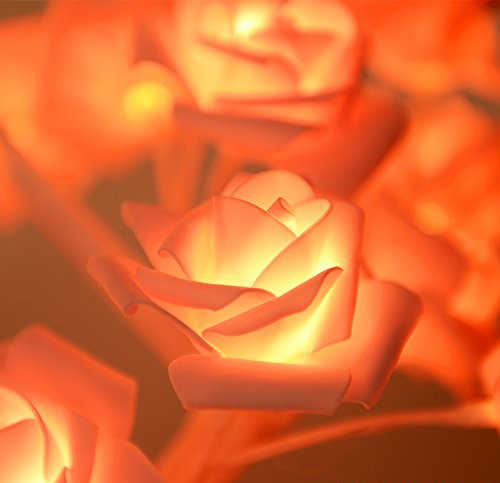FWP:
SETS == BASKIH
CANDLE: {39,1}
SPRINGTIME: {13,2}
For background see S. R. Faruqi's choices. This verse is NOT one of his choices; I thought it was interesting and have added it myself. For more on Ghalib's unpublished verses, see the discussion in {4,8x}.
The wick of a candle can be called its 'thorn'; on this see {73,2}. But sometimes the 'thorn' remains a metaphor, so that it's distinct from the wick itself, as in {39,1}. That seems to be the second situation imagined by Asi, in which the candle has a painful 'thorn' lodged in its foot (the situation depicted in {73,2}). In either case, the candle needs fire-- to light its wick/'thorn', or to help in extracting the 'thorn' from its foot.
Fire has so changed its 'color/style' in the 'color-season'-- as the first line emphatically points out-- that it causes the candle to use not a torch but the 'fire of the rose' as an actual source of light. Has all the fire in the world now turned into the red brilliance of roses, so that there's now no other source of flame in the world than the 'fire of the rose'? As the hapless, unlighted candle wanders in the garden, it seeks to recover its own essential nature as a fire-bringer-- but now that fire is so changed, can the candle possibly compete?
Compare Mir's chiraa;Gaan-e gul in M{1289,5}.

Asi:
In the rose-season, the aspect of fire has become different, and its color/style has changed. The rose is not really a rose-- rather, the candle, taking the lamp of the rose, is searching for its 'thorn'. By 'thorn of the candle' is meant the wick of the candle; or else the candle, taking the lamp of the rose, is searching for the thorn in its foot.
== Asi, p. 59